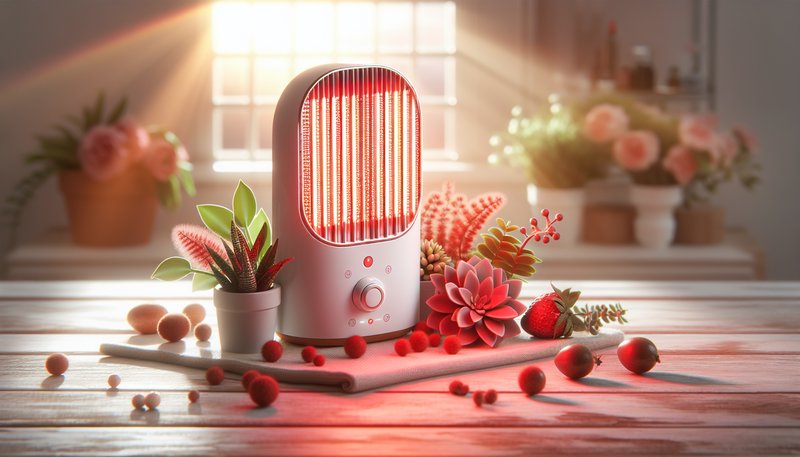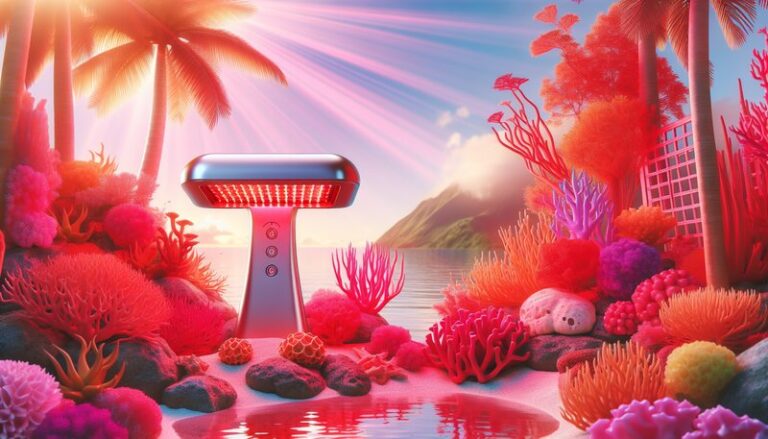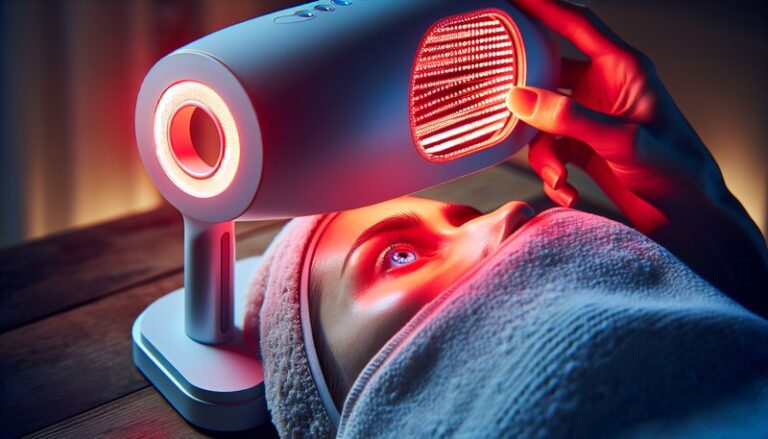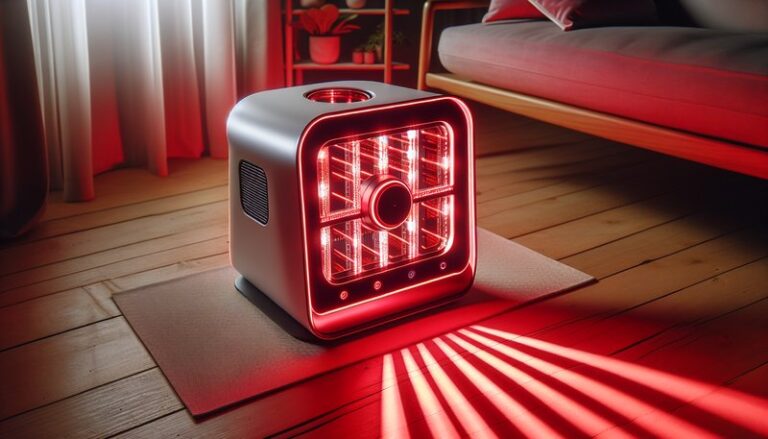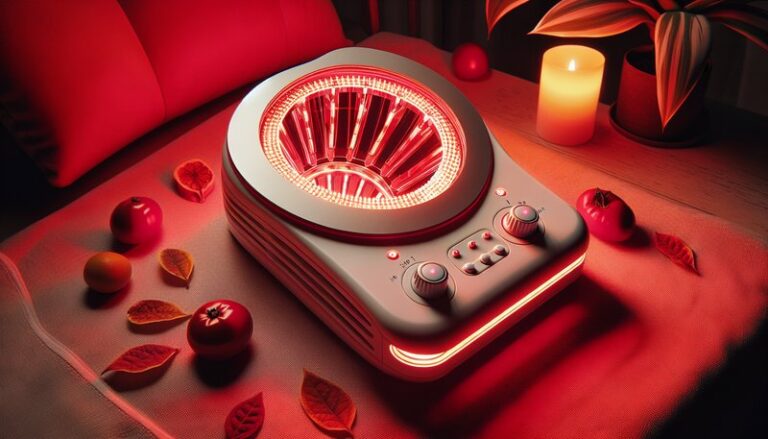Can Red Light Therapy Cause Breakouts?
Can Red Light Therapy Cause Breakouts?
Could your skincare device be causing more harm than good?
In recent years, red light therapy (RLT) has garnered significant attention for its purported benefits in treating skin conditions, improving skin appearance, and promoting healing. However, many users wonder about the potential side effects, particularly concerning acne breakouts. This article will explore whether red light therapy can lead to breakouts, what benefits it offers, and alternative skincare options to consider.
Key Takeaways
- Red light therapy generally does not cause breakouts but can exacerbate existing skin conditions.
- Benefits of RLT include reduced inflammation, improved skin tone, and enhanced collagen production.
- Alternative treatments for acne and other skin concerns exist, such as blue light therapy and topical treatments.
What is Red Light Therapy?
Red light therapy is a non-invasive procedure that uses low wavelengths of red light to stimulate various biological processes in the skin. Originating from research into the effects of light on cellular function, RLT has been used for therapeutic purposes in medicine and cosmetic treatments alike. The light penetrates deep into the skin, promoting cellular regeneration, reducing inflammation, and increasing blood flow.
Red light therapy operates on the principle of photobiomodulation, whereby cells absorb photons and convert them into energy. This energy can then boost cellular performance, aiding in repair and promoting healthy skin. As a result, RLT is widely used for treating signs of aging, scars, and even conditions like psoriasis and eczema.
What are the Benefits of Red Light Therapy?
Engaging with red light therapy offers several advantages for skin health, which this section will explore in detail.
Improved Skin Tone and Texture
Many users report a more even skin tone and smoother texture following RLT sessions. The therapy stimulates collagen production, which enhances skin elasticity and reduces the appearance of fine lines and wrinkles.
Reduced Inflammation and Redness
One of the significant benefits of red light therapy is its ability to reduce inflammation. Conditions such as rosacea or general skin irritation may improve with RLT, offering relief to those struggling with redness.
Enhanced Wound Healing
RLT has been shown to expedite wound healing by increasing circulation and promoting cellular turnover. This benefit extends to acne treatment, as it may help reduce the visibility of scars and speed up the healing of active lesions.
Increased Collagen Production
Collagen is essential for maintaining youthful skin. By stimulating fibroblast cells, RLT encourages collagen synthesis, which can improve overall skin quality and appearance over time.
Is it Possible for Red Light Therapy to Cause Breakouts?
While generally considered safe and effective, some users may wonder whether red light therapy could trigger breakouts. The consensus among dermatologists is that RLT does not cause acne formation directly. However, there are certain conditions under which it may exacerbate existing issues.
What are the Advantages of RLT for Acne-Prone Skin?
Employing red light therapy for skin rejuvenation can yield several benefits for those with acne-prone skin:
Check this out Red Light Therapy at the Gym
- Promotes healing of existing breakouts, reducing healing time.
- Minimizes scarring and post-inflammatory hyperpigmentation.
- Balances sebum production by reducing inflammation.
What are the Disadvantages of RLT for Acne-Prone Skin?
Despite its benefits, there are potential challenges:
- Overstimulation: In some cases, the increased circulation in acne-inflamed skin can lead to temporary flare-ups, making existing conditions worse.
- Misuse of Devices: Utilizing devices incorrectly, such as using them too frequently or at inappropriate intensity levels, can irritate the skin.
- Skin Sensitivity Changes: As treatment progresses, skin can become more sensitive, and improper use may lead to breakouts.
What are the Things to Consider Before Starting RLT?
Before embarking on red light therapy, consider the following factors to maximize effectiveness and minimize adverse effects.
Skin Type and Condition
Understand your skin type and current conditions. If you have very sensitive skin or active acne, consult a dermatologist before starting RLT.
Check this out Red light therapy bed cost?
Proper Device Usage
Ensure you follow the manufacturer’s guidelines on device use. Using red light therapy devices as recommended can help avoid complications or skin irritations.
Consult Professional Guidance
Always consider seeking advice from skincare professionals or dermatologists, especially if you have underlying skin conditions or concerns regarding RLT’s suitability for you.
What are the Alternatives to Red Light Therapy?
If red light therapy doesn’t seem like the right fit for your skincare needs, several alternatives can also promote skin improvement.
Blue Light Therapy
Blue light therapy focuses on combating acne by targeting and killing acne-causing bacteria on the skin’s surface. It’s a popular choice for those struggling primarily with breakouts.
Chemical Peels
Chemical peels can effectively exfoliate dead skin cells, unclog pores, and reduce acne scars. Professional treatments can be tailored to your skin type and needs.
Topical Treatments
Over-the-counter treatments containing ingredients like benzoyl peroxide or salicylic acid are popular alternatives to RLT. They address current breakouts while helping prevent new ones.
Conclusion: Is it Recommended to Use Red Light Therapy?
Red light therapy can provide an array of benefits, particularly for those seeking improved skin health. While it is not typically associated with causing breakouts, there are factors to consider that may influence individual outcomes. Consulting a skincare professional can help tailor a treatment plan that considers all options, including the use of RLT and potential alternatives.
Frequently Asked Questions
Can red light therapy cause skin irritation?
In some cases, users may experience mild irritation or temporary redness. This reaction is usually short-lived and should resolve quickly.
How often should I use red light therapy for best results?
Most guidelines suggest using RLT 3-5 times per week, but it’s best to follow device-specific recommendations.
Is red light therapy suitable for all skin types?
While RLT is considered safe for most skin types, individuals with very sensitive skin or active conditions should consult a dermatologist before starting treatment.
Can combining red light therapy with other treatments enhance results?
Yes, combining RLT with other treatments, like blue light therapy, may provide synergetic effects, but it’s essential to manage usage to avoid irritation.
Are there any contraindications for red light therapy?
Certain devices may have drawbacks for individuals with specific medical conditions or those on medications that increase light sensitivity. Always consult a healthcare provider if unsure.
